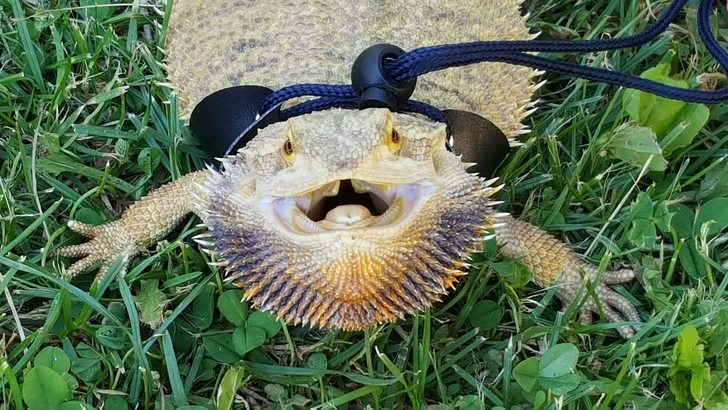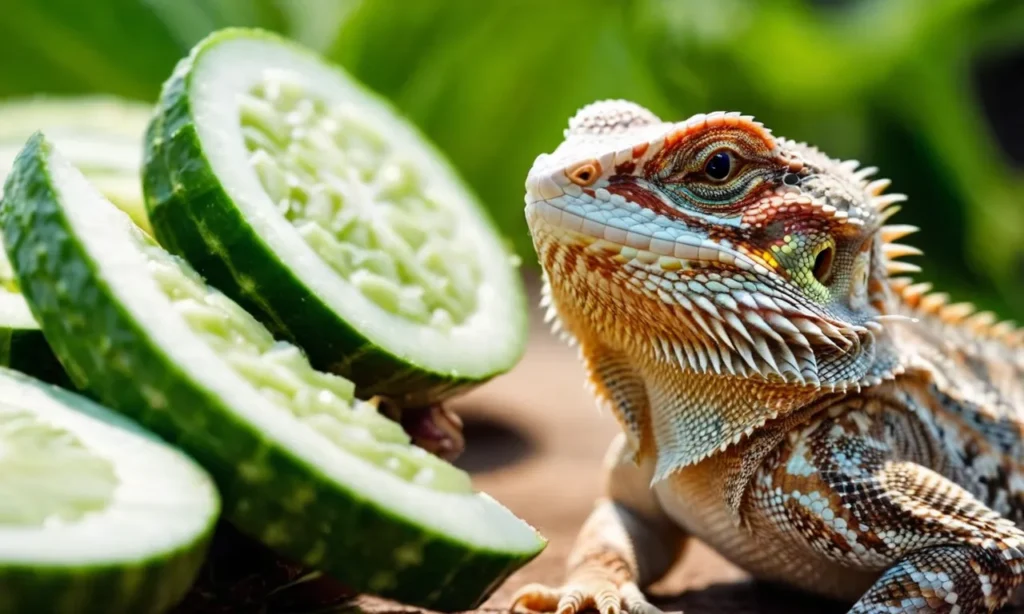Reptiles, particularly snakes, are fascinating and unique animals that are admired by reptile enthusiasts for their elegant postures and distinctive behaviors. Among the many reptile snakes, there are some larger varieties that are more eye-catching. This article will recommend several common large reptile snakes and introduce their characteristics and husbandry requirements.
1. Burmese Python: The Burmese Python is one of the largest snakes in the world, with adult individuals reaching 6-7 meters in length. They have beautiful patterns and a gentle temperament, making them very suitable for pet keeping. Burmese Pythons require ample enclosure space and prefer warm and humid environments. In their care, it is important to provide sufficient food and water and to regularly check their health status.
2. African Rock Python: The African Rock Python is the largest snake in Africa, with adult individuals reaching 4-5 meters in length. They have strong bodies and unique patterns, making them a very robust and adaptable species. African Rock Pythons require ample enclosure space and prefer warm and dry environments. In their care, it is important to provide sufficient food and water and to regularly check their health status.
3. Green Tree Python: The Green Tree Python is a smaller reptile snake, with adult individuals typically only 1-1.5 meters in length. They have a unique green body and beautiful patterns, making them very suitable for pet keeping. Green Tree Pythons require smaller enclosure space and prefer warm and humid environments. In their care, it is important to provide sufficient food and water and to regularly check their health status.
Keeping large reptile snakes requires certain experience and knowledge, as well as a significant investment of time and effort. Before choosing to keep large reptile snakes, it is recommended that you fully understand their husbandry requirements and characteristics and be well prepared. It is hoped that this article can provide you with some help to better understand large reptile snakes.


